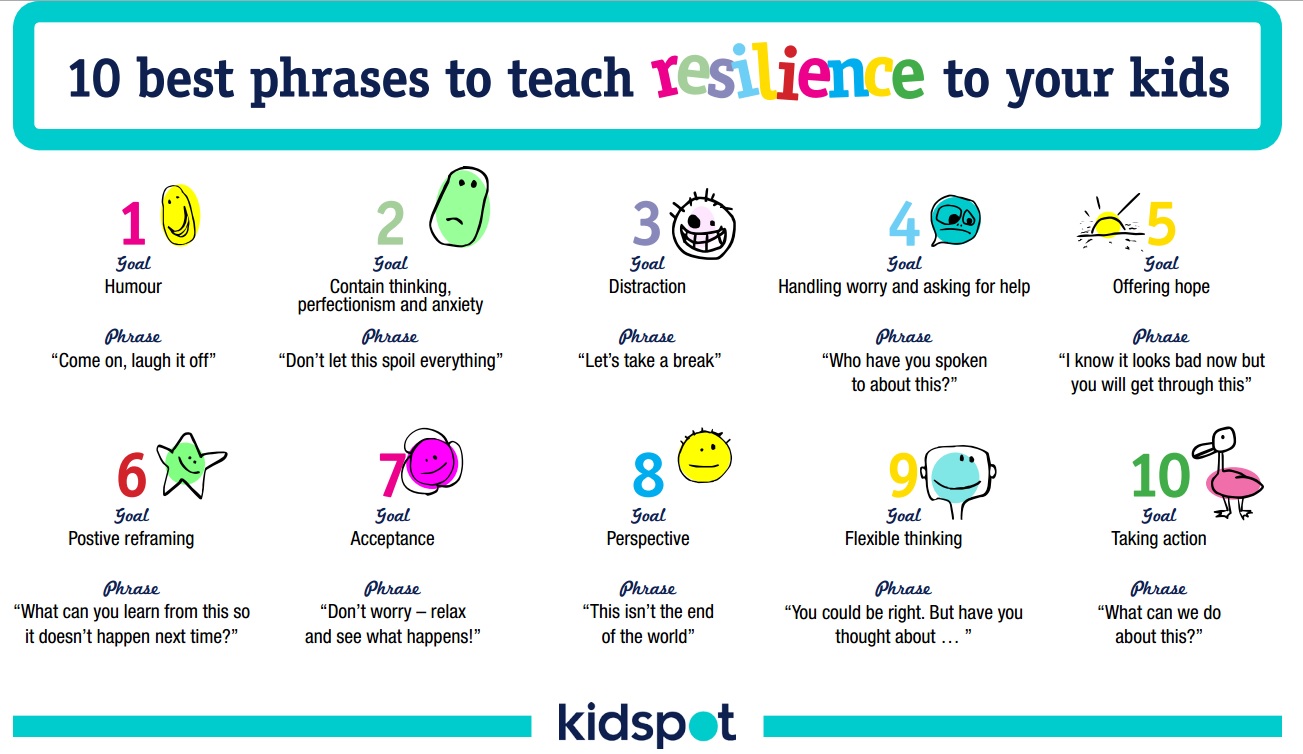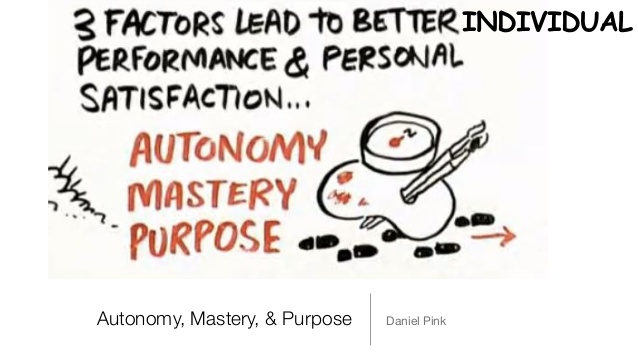End of the week. Short and sweet. Here are my 5 favorite finds for this first week of September. Comment on your finds also, please.
1) Raising Mentally Strong Kids – We all want our children to grow up capable to thrive in the world as it is today. To have capacity to both work and lead in situations that might prove stressful, even immobilizing if they hadn’t developed certain strengths. For them to be mentally Strong, mentally tough, resilient – what do our children need from the adults in their lives. Photo Credit: DrGaryBrownTherapy
Photo Credit: DrGaryBrownTherapy
After the first article below popped up on my Facebook newsfeed, my interest was piqued and I went hunting for others. Below I’ve bullet-pointed some good and quick reads on how we can help our children develop mental strength and resilience.
- How to Raise Mentally Strong Kids in a Stressful World – Sara Robinson
- 10 Tips for Raising Mentally Strong Kids – Amy Morin
- 10 Things Mentally Tough People Do – Advice From a Former Navy Seal – Bill Murphy
- Why Our Kids Need to Learn Resilience Now More Than Ever – Dr. Gary Brown
- 8 Things Mentally Strong Parents Don’t Do in Raising Kids – Courtney @Shiraz in My Sippy Cup
- Raising Mentally Strong Kids – India Parenting
- Brave Moms Raise Brave Kids – Jen Hatmaker
I may write on this more another time, to make it easier on you. Raising mentally strong kids takes a lot of study anyway…here we go! Photo Credit: TracieCZabatol
Photo Credit: TracieCZabatol
2) White Helmets – Syrian Civil Defence – In an Al Jazeera article, Maria Jan writes of her interview with White Helmets founder, James Le Mesurier. White Helmets are first responders, volunteer rescuers, who brave fresh bombing sites. Knowing they could also die in a fresh bombing raid…but they still respond. They make up the Syrian Civil Defence. Organized in 2013, there are currently 2700 rescuers, both men and women. Le Mesurier says of them, “They had a choice to either become a refugee, pick up a gun, or pick up a stretcher.” They are committed to care for the victims, no matter what political or religious group. “Their job is to save people’s lives not to judge them.”
 Photo Credit: The Good Story
Photo Credit: The Good Story
There is a multi-agency, multi-national effort for the White Helmets to be awarded the Nobel Peace Prize. Heroes. Good news in a sea of bad. Photo Credit: Al Jazeera
Photo Credit: Al Jazeera
3) Combating Stress – Since my cancer surgery earlier this summer, I’ve become a student of how to live healthy. Still a student…not an expert nor practitioner, necessarily. While on a trip to the beach recently, I was reading two books simultaneously. Radical Remission: Surviving Cancer Against All Odds by Kelly A. Turner Ph.D. describes “9 key factors that can make a real difference”. I am not recommending this book necessarily because it features so many traditional and non-traditional practices, it’s overwhelming really. The strength of the book, however, is the whole mindset or perspective of taking charge of your health. I appreciated that. A friend of mine calls it a survivorship plan. The stories of those who are living “against all odds” are thrilling. Thinking about staying well and what I may include in practicing wellness have already brought down a large measure of stress in my life.  The other book I’m reading is The Armor of God by Priscilla Shirer. This is focused on the battles we all find ourselves in and how Christ-followers especially can deal with them. Taken from the Scripture Ephesians 6:10-19, the book goes in-depth on how we can walk in what is true and not in the shadows of fear, worry, and the “what seems true”.
The other book I’m reading is The Armor of God by Priscilla Shirer. This is focused on the battles we all find ourselves in and how Christ-followers especially can deal with them. Taken from the Scripture Ephesians 6:10-19, the book goes in-depth on how we can walk in what is true and not in the shadows of fear, worry, and the “what seems true”.
4) Frosted Lemonade – You know on those hot, hot days, and you have lots of errands where you are in and out of the car, you could really use some lovely cold beverage, right? Sweet tea might be one of those go’to’s. For me, yesterday, it was the frosted lemonade with diet lemonade) at Chick-fil-A. I was shocked to find it is on the Dessert menu (ordering it with diet instead of their regular lemonade at least takes it down to 240 calories for a small). It is so refreshing. Even better (can’t believe I’m saying this) than the frosted orange from The Varsity. If you have neither of these options where you live, what’s your go-to cold beverage (while driving)?

 Photo Credit: Pinterest; Chick-fil-A
Photo Credit: Pinterest; Chick-fil-A
5) Latest Video by my Favorite Guitarist – Nathan Mills posted a new video this week. Those of you who follow him (or just me) know that he is a classical guitarist who writes and performs arrangements of themes from movies, TV shows, and video games. I have no idea what the game World of Warcraft is, but his arrangement of the Neal Acree’s Anduin Theme follows. Just lovely.
 Photo Credit: Twitter
Photo Credit: Twitter
Even composer Neal Acree thought so…and we agree with him, right?
 Photo Credit: Twitter
Photo Credit: Twitter
Have a low-stress, safe, and sweet weekend! Thanks for stopping by.







